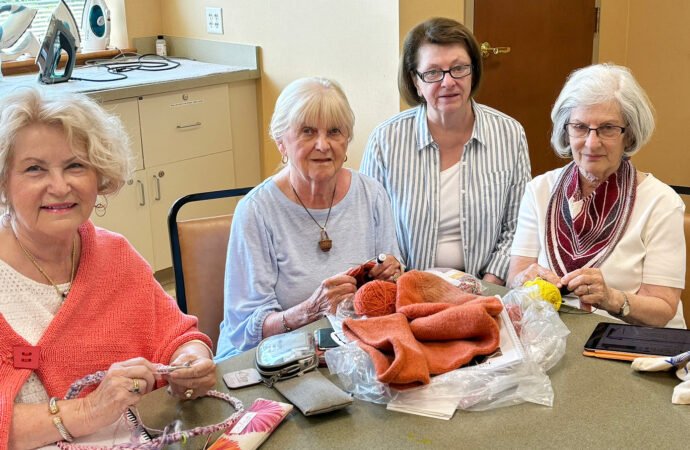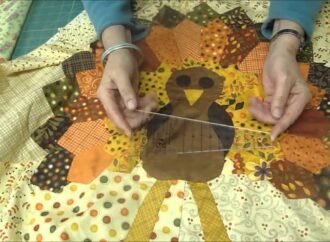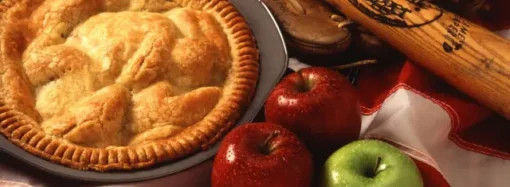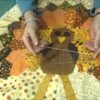For Anita MacKinnon, knitting has always been more than a hobby it has been a constant thread connecting her past, present, and community. Born and raised in Massachusetts, Anita first picked up knitting needles under the gentle guidance of her mother, who taught her how to turn simple yarn into patterned scarves and cozy sweaters.
For Anita MacKinnon, knitting has always been more than a hobby it has been a constant thread connecting her past, present, and community. Born and raised in Massachusetts, Anita first picked up knitting needles under the gentle guidance of her mother, who taught her how to turn simple yarn into patterned scarves and cozy sweaters. At the time, it was just a way to pass the hours, but over the years, knitting became a language in itself a quiet ritual that allowed her to express creativity, patience, and skill in tangible, enduring forms. After decades of life filled with work, family, and travel, Anita found that knitting was the one thing that remained steady, something she could always return to, and in which she could see immediate results of her effort: the soft curl of a new stitch, the gradual emergence of a pattern, the warmth of yarn coiled into a growing garment. Since moving to Linden Ponds, a senior living community in Hingham, Massachusetts, Anita has found renewed purpose in her craft. It was here that she helped establish the Plimoth Knitters, a group connected with the Plimoth Patuxet Museum that specializes in recreating historical garments using traditional knitting techniques. The group’s mission goes far beyond leisure; they meticulously research old patterns, study historical fabrics, and experiment with construction methods to create pieces that are as historically accurate as possible. Anita describes this work as “a way to hold history in your hands.” From delicate coifs and wrist cuffs to full garments worn by museum interpreters, each piece they produce is both a work of art and a bridge to the past. The process is painstaking, requiring trial and error, patience, and a deep understanding of the materials qualities that Anita has honed over a lifetime. What started as a personal pastime has blossomed into a form of community scholarship, where craft becomes a tool for education and preservation.

Knitting, for Anita, is also profoundly social. She spends several afternoons each week in Linden Ponds’ knitting rooms, where the Knitting Friends group gathers. Here, residents share not only tips on technique but stories of their lives, anecdotes about family recipes, historical tidbits, and memories of the first time they ever learned to knit. The rhythm of needles clicking together creates a soothing backdrop to conversation, laughter, and occasional quiet reflection. Anita has taken on the role of mentor within this group, patiently teaching newcomers how to read patterns, execute stitches, or even repair mistakes without frustration. She especially enjoys seeing younger volunteers or visitors, often schoolchildren, take interest in knitting for the first time. Watching them grasp the rhythm, gain confidence, and create their first handmade piece fills her with joy. Her work underscores a vital truth: knitting is not just an individual activity but a shared experience that nurtures patience, focus, and intergenerational bonds. What sets Anita apart, however, is the breadth of her vision. She sees knitting not merely as a hobby or historical project but as a way to weave people together family members, community participants, and strangers alike. During special events, such as Linden Ponds’ craft fairs or museum demonstrations, her group’s creations become tangible symbols of collaboration and creativity. Visitors are often fascinated to learn that these garments, painstakingly made stitch by stitch, carry decades of knowledge and expertise. Anita reflects that every piece of yarn threaded through her needles is a small act of storytelling, connecting her childhood memories with the present-day lives of those around her. For her, knitting encapsulates the essence of what it means to participate in a community and contribute something lasting, something that others can see, touch, and even wear. Anita’s story illustrates the power of craft to enrich lives, foster connection, and preserve culture. Beyond producing beautiful garments, her dedication to knitting nurtures social engagement, promotes mental well-being, and strengthens intergenerational ties. The sense of accomplishment that comes from finishing a project, the pride in teaching others, and the joy of seeing historical garments come alive on museum interpreters’ bodies demonstrate that knitting is far more than a pastime it is a conduit for memory, heritage, and human connection. Anita MacKinnon reminds us that the simple act of threading yarn through a loop can ripple outward, touching lives, creating community, and keeping history alive in the present. Her story is a testament to the enduring relevance of handmade crafts in a modern world, showing that the quiet patience of knitting can produce not only beautiful objects but also vibrant, resilient communities.

















Leave a Comment
Your email address will not be published. Required fields are marked with *